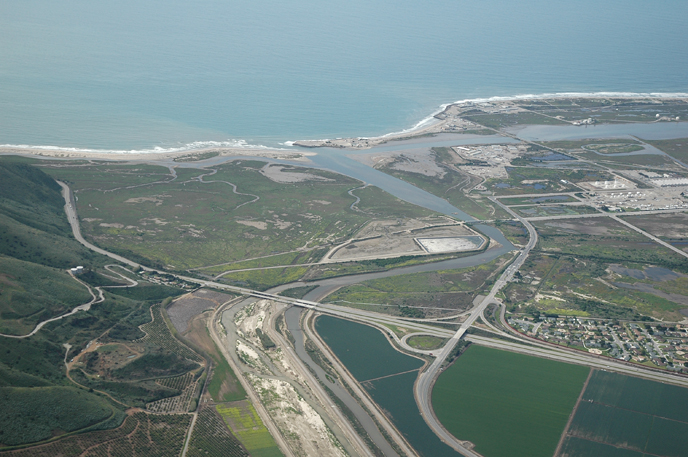Zola Berger-Schmitz, a local high school student and Heal the Bay volunteer extraordinaire, shares her thoughts about inspiring youth on World Oceans Day on June 8.
It was a late summer afternoon on the beach in Santa Monica. Though I was only 12 years old, I had a sudden epiphany. What if there were no more fish left in the ocean?
Little did I know then that I would spend the next five years of my life advocating for a healthier ocean. What motivates my advocacy is trying to answer a worrying question. When I imagine what the California coast will look like in 50 or 100 years, I wonder: Will my grandchildren see a pristine sea with blue dolphins jumping, or a mass of contamination and plastic pollution?
Growing up, I’d learned about pollution and issues such as overfishing and habitat destruction. But I wasn’t aware of how prevalent these problems were in marine habitats near my own home in Los Angeles. The trash that enters our city-wide stormdrain, for example, contributes to the mass of debris floating around the Great Pacific Garbage Patch.
When I first visited Heal the Bay, I thought I would volunteer to help with a few beach cleanups. It was the summer of 2009, and by coincidence also an important moment in California history. Heal the Bay and several other organizations in the California area were working to create Marine Protected Areas (MPAs) in order to preserve sea life and habitats in our ocean.
After attending a Heal the Bay presentation on MPAs, I was eager to get involved in the legislative process. Some of my favorite national parks such as Yosemite exist on land, so I wondered why such areas didn’t exist underwater. Inspired in part by Theodore Roosevelt’s crusade to create national parks throughout the United States, I set out to help create MPAs along the California coast.
Just before I started seventh grade, I began speaking out at public hearings across the state. At school, I circulated petitions for students to support the adoption of MPAs in Southern California. In early 2010, inspired by Heal the Bay’s short video “The Majestic Plastic Bag,” I began my first foray into the world of film directing. Armed with a small nonprofessional video camera and a self-appointed crew of middle-school students, I made the short film titled “What If” about the importance of adopting MPAs along the California coast.
The “What If” film featured my entire middle school, and spoke from different kids’ perspectives about the importance of keeping the marine life on California’s coast abundant for the enjoyment of future generations. “What If” was shown to the California Fish and Game Commission at a hearing in Monterey. I was thrilled when I learned shortly afterwards that MPAs had been officially adopted in California. The MPAs would protect key feeding and breeding grounds, helping fish populations recover and thrive once again. It was a historic victory for California and my peers and I felt an empowering, deep sense of satisfaction at having participated in a successful campaign to promote environmental change.
So often, young people are overwhelmed by global issues and not given the guidance to learn how to solve large-scale problems. Many kids wonder how taking even the smallest action can have an impact on creating statewide legislation or removing billions of pieces of trash from the ocean. But, there are so many things kids and adults alike can do! And helping with beach cleanups or showing your support at a local public hearing is just the beginning.
In the past few years, my personal efforts have focused on the plastic bag ban campaign in the city and county of Los Angeles, as well as doing educational outreach to Los Angeles Girl Scout troops, public and private school students, and at venues such as the LA Green Festival and Heal the Bay environmental youth summits. Whenever possible, I have attended public hearings and continued to collect petitions advocating for a plastic bag ban and a cleaner environment. Los Angeles, which recently became the largest city in the nation to ban plastic bags, is making progress towards promoting a greener future. I hope that by the time I finish high school, there will be a California statewide ban as well.
High school students represent the next generation of leaders, politicians and change-makers. It’s imperative that students gain the confidence to voice environmental opinions, as we are the ones who will face the harsh realities of the future. We are the ones who will suffer most from the potential, irreversible deterioration of the ocean, which covers 75% of our Earth and feeds so much of the world’s population.
I hope my work inspires other young people and adults alike to consider becoming advocates for a greener and “bluer” future. I hope you’ll join me in celebrating World Oceans Day by pitching in to protect your stretch of the coast!
Heal the Bay welcomes volunteers of all ages, backgrounds and experience. Come to one of our orientations to learn more.




